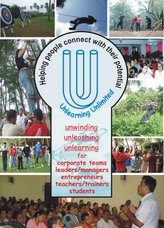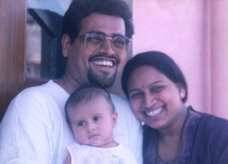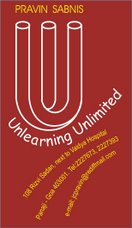A tightrope walker could perform his feat with his
assistant sitting on
his shoulder. An impressed
audience would give
him a thunderous applause. Before doing it again he would ask
them whether they believed that he could do it again. The crowd would respond with, ‘Yes,
we believe that you can!’ Then, he would ask, ‘Now,
who wants to volunteer
to get on my shoulder?’
The
crowd would turn silent.
It was obvious that
the crowd had the ‘belief’
in the acrobat’s capability. They had seen him do it again and again. But
they did not have enough
‘faith’
to rely on his ability. Hence the reluctance to act as per their own stated belief. It
is pertinent to note that faith is not a logical conclusion of belief, at all
times. If the belief is superficial, the faith will be shaky.
Consider a deeply religious person who says he believes that God
does not play dice with human lives and the same person falls prey to dread of
astrology and other superstitions. Consider a self-proclaimed patriot who
circumvents the law of his country. Or consider a scientist who prostrates
before a God-man despite knowing that the latter’s miracles have easy
explanations.
Education and experience
create a set of principles in us which we consider to be our beliefs. It is
easy to state our beliefs without having any real faith. Faith is reflected
only if it is seen in our actions. The test is easy… if we can be better at
convertinge our own stated belief into consistent action, then it can be
certified as true faith. Otherwise, that belief is just a blank expression.
What we describe as belief is just an expression
Faith requires us to
be better at aligned action!
- Pravin K. Sabnis
Goa, India.




